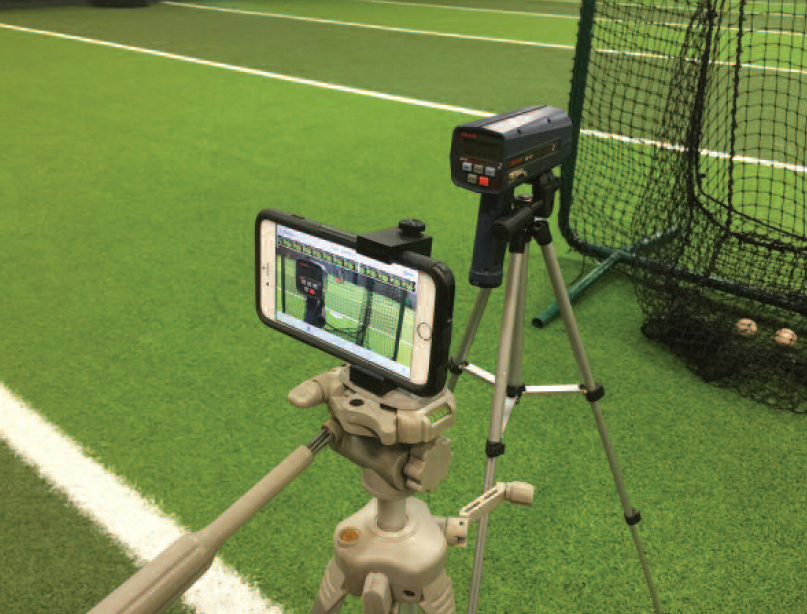
With the surge of the usage of video when it comes to recruiting, we thought it pertinent to provide some context on just what coaches are looking for.
Some parents may just film their kids because they like to capture memories. If that’s the case, skip this article and fire away however you want to!
For documentary and informational purposes to provide to coaches, it's more structured. Multiple angles exhibiting the players’ skills is always better than just one, regardless of position. There are benefits to seeing players from a couple different points of view, as they can be used to evaluate both tools and mechanics.
Coaches know that all video is to be taken with a grain of salt. While we often get lengthy clips of full in-game footage, video that is linked together in highlight-form may be just that – a highlight reel! Given enough time, it is possible to make most anyone look like a legitimate NCAA Div. I recruit.
Be careful of the language you use when filming players, and of what you say. If you’re using offensive language or yelling at an umpire every other pitch, your hard work will be deleted quickly and coaches will move on to the next e-mail.
When it comes to pitching, keep the side angle video to a minimum- a few of each pitch from the windup and the stretch. This can be useful for determining some basic mechanics and repeatability, but it doesn’t do much when evaluating the most important physical tools a pitcher can have at the college level – stuff and command.
A few shots from behind the pitcher is great for seeing the action of certain pitches, but if we could pick just one angle for you to use, get as tight a shot as possible from behind the catcher. A ‘high home’ angle is great because you can capture video without the umpire being in the field of view, but if you don’t have access to a press box, for example, sit just a little off-center in the front row. If you want to get really advanced, holding a Pocket Radar or other radar gun at the bottom of the picture is perfect, because we can see live readings of actual in-game velocities. Recording a full inning or game from this angle is great because it allows coaches to evaluate in-between innings intent, body language, routine in between pitches, and more – just like we’re there in person.
For hitters, in batting practice, a few clips from the open side and from behind home plate is great. If you can pull it off safely, a view from center field/second base can show part of how the ball travels off the bat. The open side is a good view for in-game action, in most cases, because it gives a good window of mechanics, recognition, contact point, balance and more. Being able to pan over to first base when a ball is put in play is huge too, because coaches can record in-game running times to first base, which again, is different from what we typically see in showcase events.
Defense is difficult because of the obvious factor of how few balls are actually put in play towards a specific position. It’s easiest to get catchers on game film receiving, and throwing to second in game situations are great (just hit record when there’s a runner on first and 0 or 2 outs).
As for the other positions, close ups of fielding during pregame infield/outfield is helpful, but in reality, most coaches will want to see defenders in person so they can ensure the greatest probability of seeing players make all of the different plays in a setting where they don’t know exactly what’s coming (i.e. not a showcase).
Very rarely will a roster spot or a scholarship be offered simply because of video. An efficient video that displays some promise will make “the list” of players for coaches to go see at some point on the recruiting trail.
Also keep in mind that there are services out there that already do a good job with video. Coaches tend to access these first because they’re used to using them and reliable for the most part because of their objectivity.